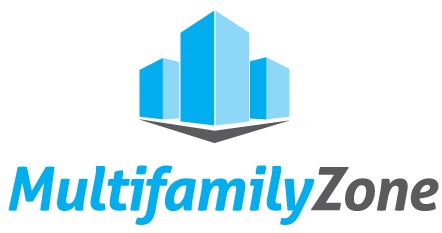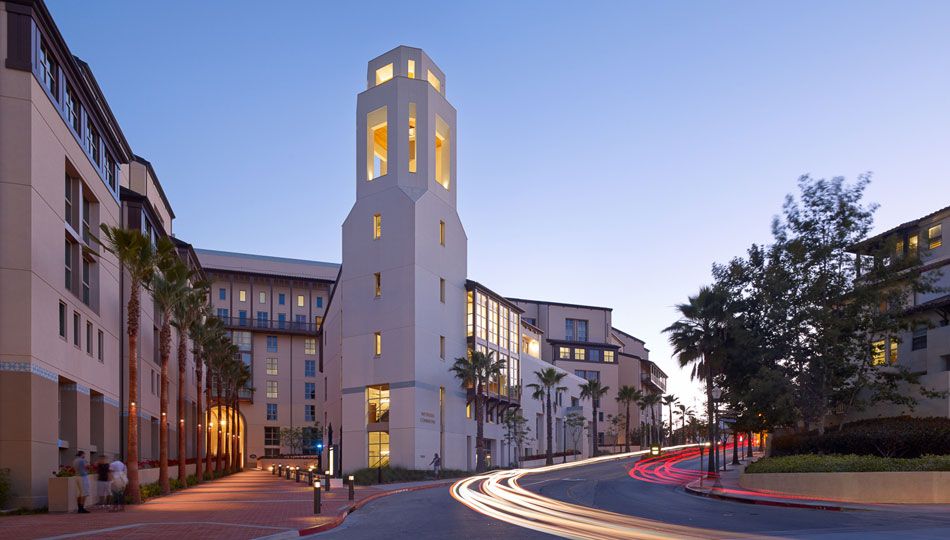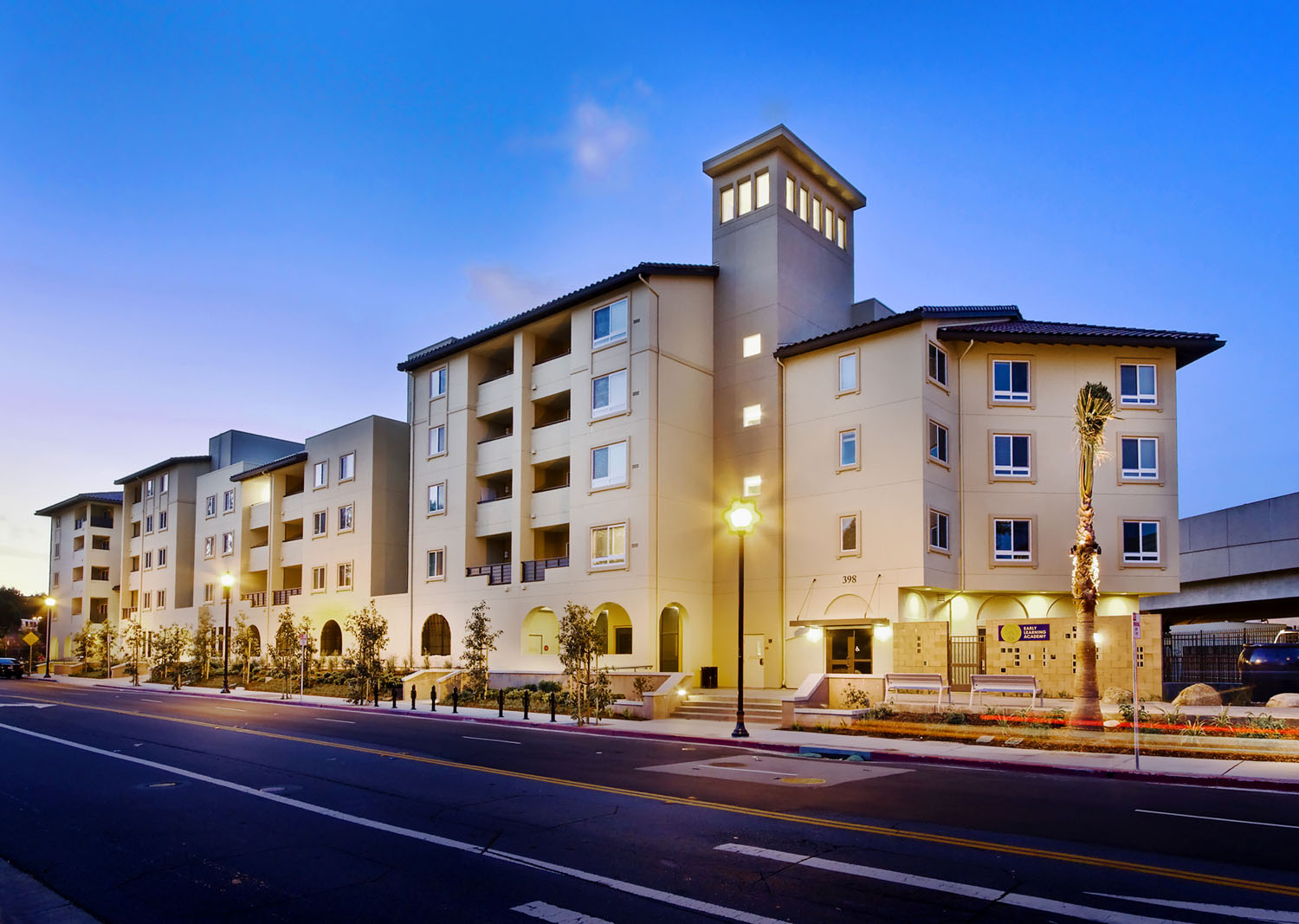Easy and Effective Instagram Marketing Tips
 Social media presents businesses with a unique opportunity to directly reach customers for free. The massive impact of Facebook, Pinterest, and Twitter in today’s marketing world is undeniable. Instagram has become the latest social media network proving to influence the tastes of today’s consumers. Instagram is a quick and easy social application that enables business owners to create more marketing opportunities in unique, cost-effective ways. To get started, follow these helpful tips for using Instagram as a marketing tool.
Social media presents businesses with a unique opportunity to directly reach customers for free. The massive impact of Facebook, Pinterest, and Twitter in today’s marketing world is undeniable. Instagram has become the latest social media network proving to influence the tastes of today’s consumers. Instagram is a quick and easy social application that enables business owners to create more marketing opportunities in unique, cost-effective ways. To get started, follow these helpful tips for using Instagram as a marketing tool.
Rather than miss out on those spontaneous marketing opportunities, Instagram gives people an easier way to instantly capture and post flash mobs, funny staff moments, city parades, community block parties, resident events, cool product demos, and more spur-of-the-moment events. Instagram makes it possible for these spontaneous moments to become actual opportunities for businesses to connect more with their community and potential prospects or customers.
Hashtags play an extremely important role in Instagram marketing. Nearly all of the major social media networks have incorporated a hashtag based search function. This gives people the ability to find the content they really want, thus giving businesses a gateway to be found in the social streams they want. Hashtag research gives businesses insight into where and when they should be posting, which also helps in creating hashtag marketing campaigns for campaign launches, seasonal resident events, new product or community improvements and more.
Properties often use Instagram to hold costume contests, seasonal raffles, product giveaways, and art competitions that yield customer rewards. This gives your apartment community or business more opportunities to involve your residents or prospective customers throughout the year. After becoming more familiar with hashtag research, businesses can use their own unique hashtags to market fun events like social media contests and incorporate their unique hashtag into other marketing materials, like email blasts, property signage, Facebook posts, and tweets.
Instagram is fast, easy, and gives businesses a unique opportunity to connect with people through spontaneous and relevant real-time events, compelling visual content, and user participation. Looking to reach more customers with that next social media campaign? Start using Instagram today to capture those memorable and marketable moments that help you connect and engage with your customers.
Original post available here.
 |
MultifamilyZone.com | Company Website |
MultifamilyZone.com provides a listing of products, services and industry-related companies, technology tools, marketing trends and is a resource for information and news. Our goal is to assist individual owners, as well as fee and national management firms in the operations of their assets by connecting them with professional vendor partners. |

















